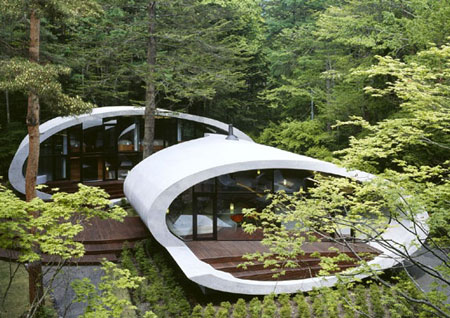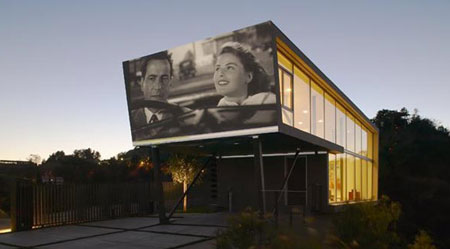A good Architectural Design is something that has simplicity and is sustainable. Sustainable design is the art of designing physical objects and the built environment to comply with economic, social and ecological sustainability. It is also referred to as “green design”, “eco-design”, “high-performance design”, or “environmentally responsible design”. Something that serves its purpose greatly and gives advantages to the user.
These four criteria, "Aesthetic Design", "Functional Design", "Craftsmanship" and "Designer" are meant to measure the intrinsic value of the physical structure both in design and in execution. The present condition (integrity) of the building should be taken into consideration in the application of these criteria, in the knowledge that inappropriate modifications and deteriorated fabric could weaken the architectural value of the building. These judgements will have to be made by the FHBRO.
Aesthetic Design
"What is the visual quality of the building (proportion, scale, detail) in the context of an architectural style or type?"
This criterion measures the architectural merit of the building, taking into account historical styles and/or building types. A building may deserve high marks if its design is successful and visually attractive, whatever its style or type. Evaluators, because they are rating buildings from a historical perspective as well as design, should attempt to discount their own personal stylistic
preferences. The integrity of the building may affect the rating of "Aesthetic Design", since a structure that has
suffered severe alterations may be weaker in visual qualities.
Functional Design
"What is the functional quality of the building (effectiveness of materials, layout and method of construction) in the context of engineering history and functional types?"
This criterion evaluates the functional merit of the building, apart from aesthetic considerations. It is intended to provide a means of giving value to our engineering and industrial heritage, where "high-style" solutions are not relevant. It measures how effectively a particular building programme has been carried out, taking into account available technology and previous solutions to particular functional problems.
Craftsmanship and Materials
"What is the quality of the workmanship and the handling of materials?"
This criterion evaluates the actual execution of the design, with a focus on quality. It takes into consideration both the choice and handling of materials. Knowledge of the historical context may shed light on the quality of craftsmanship and materials. The current physical condition of the building may reveal the strengths and weaknesses of workmanship and materials over time. Good quality should be evident in spite of reversible changes. It is left to the FHBRO to judge whether to apply this criterion to the whole or just part of specific buildings.
Designer
"What is the significance of this building as an illustration of the work of an important designer?"
This criterion evaluates the importance of this building as an illustration
of the work of an important designer?
This criterion evaluates the importance of the building in the designer's career. "Designer" may include architects, builders or engineers, both private and public, both individually or as professional firms. The FHBRO will have to assess whether or not a designer is important (either in Canada or elsewhere) before evaluating the importance of the specific building in the designer's career. While buildings which have been demolished will contribute to the global understanding of a designer's career, evaluators should focus on surviving examples.
Some examples would be....

1.A house built to be eco friendly.
2.A house that saves space and is also eco friendly.
3.A house that also serves as a home theater.
Sources
http://www.a69.cz/Library/Images/Cache_WM150_002_016/6d164126-0574-4a4b-b89c-4a368127e6d5.0630233335.jpg
http://www.designer-daily.com/wp-content/uploads/2009/05/shell-house.jpg
http://www.designer-daily.com/wp-content/uploads/2009/05/home-theater.jpg
http://www.pc.gc.ca/progs/beefp-fhbro/itm1-/criteres-criteria2_e.asp
http://www.design-cayman.ky/sustainability.html


